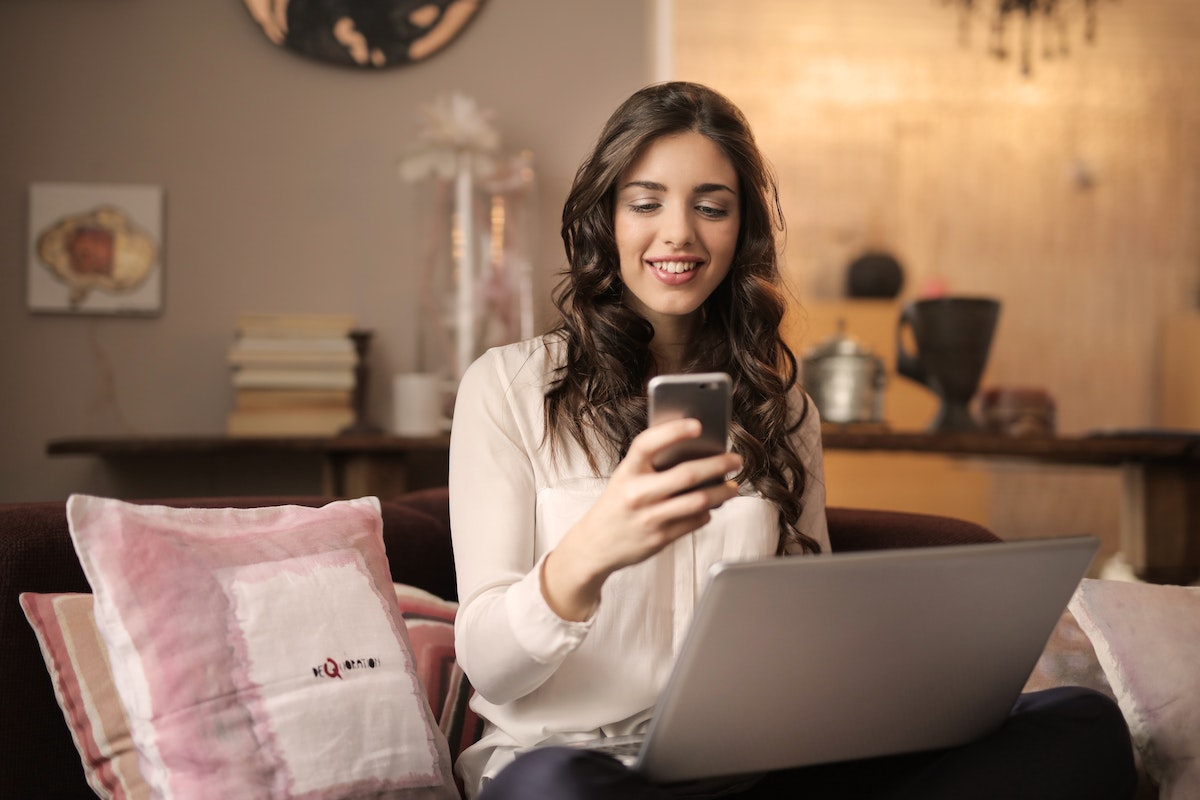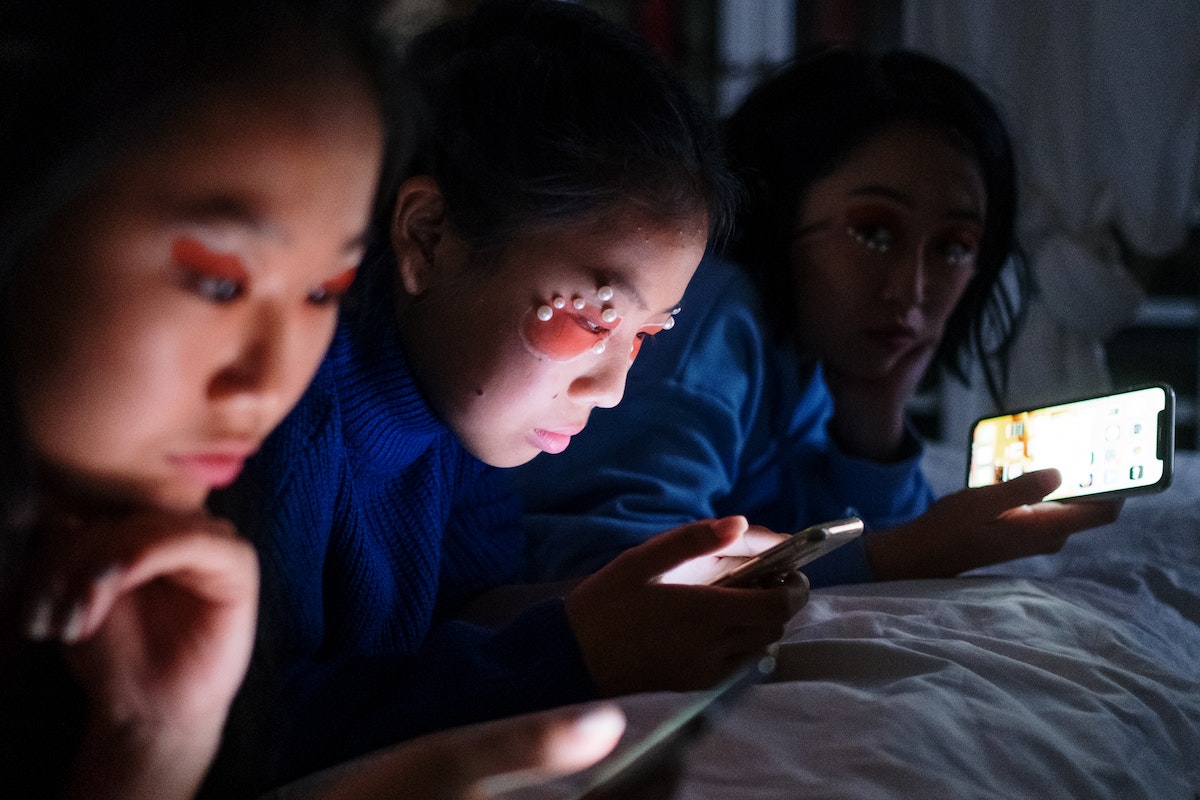Syncing your phone with multiple devices allows you to access and manage your data across different platforms effortlessly. This capability could help you save time and effort in keeping track of your files and contacts, especially if you work on different devices or are on the go.
Whether you’re using an Android or iOS device, consider this guide for a successful syncing process:

1. Check For Compatibility
Syncing your phone with multiple devices requires compatibility checks since synchronization requirements vary based on the operating system and device.
For example, if you plan to buy refurbished iPhones or trade in your device, verifying compatibility between the devices is advisable. You can read their technical specifications or consult with the manufacturer or service provider for confirmation.
2. Connect Your Devices
Some synchronization methods rely on connecting all your devices to the same network, as it creates a bridge between them for smooth data transfer. For instance, if you’re using a cloud-based syncing service, it’s important to ensure a reliable connection to avoid disruptions while synchronizing your phone.
On the other hand, if you opt for a direct device-to-device syncing method, such as using a USB cable or Bluetooth, ensure both devices are connected and have the necessary permissions enabled. Doing so can establish a secure and stable connection for data transfer.
3. Configure Syncing Settings
After ensuring your devices are connected, activate syncing on your phone. Many smartphones provide built-in synchronization functionalities to sync and manage data like contacts and calendars across devices.
To activate synchronization on your Apple devices, go to Settings > [Your Name] > iCloud, and toggle on the features you want to sync. For Android devices, go to Settings > Accounts and backup > Accounts, and add your Google account to sync data across devices.
4. Select What To Sync
After completing the setup, you can customize the sync settings and select the items you want to synchronize according to your preferences. Remember that not all data on your phone needs to be synced with every device (unless you intentionally require it.) Focus on essential data, such as contacts, calendars, and notes, that must be consistent across all devices. You can designate these items and set their synchronization frequency within the syncing settings.

5. Initiate The Syncing Process
Once the syncing settings are set up and the specific data to sync is selected, you can begin the synchronization process. One option is to use cloud storage services. Another alternative is email synchronization, which enables you to access your emails seamlessly on all your devices.
Select the method that suits your preferences and requirements and follow the instructions to establish synchronization accordingly.
6. Verify That The Sync Worked
After the syncing process is complete, verifying that the sync worked successfully is vital. This process involves checking if the synced data is correctly reflected on all your devices.
For example, if you synced your phone’s calendar events with your computer, ensure the events appear on both devices without any discrepancies. Likewise, if you synced your phone’s bookmarks with your tablet, verify that the bookmarks are accessible on the tablet as well. Doing so ensures that your data is consistent and up-to-date across all devices. For spa businesses, utilizing specialized spa software can streamline appointment scheduling and client management while ensuring data is synced efficiently across multiple devices, making daily operations smoother.
Tips For A Successful Syncing Process
Take note of the following tips to ensure a successful syncing process:
- Keep Your Devices’ Software Updated: Ensure all devices involved in the syncing process have the latest software updates installed to avoid compatibility issues.
- Backup Your Data: Before initiating any syncing process, it’s always a good practice to back up your data to avoid potential loss or corruption. You may use a cloud storage service or create a local backup on your computer.
- Consider Privacy And Security: If you’re syncing sensitive data, such as personal information or confidential files, use secure syncing methods and take necessary precautions. Consider using encryption or password protection to add an extra layer of security.
- Check Available Storage: Ensure the source and target devices have enough space to accommodate the synced data. Otherwise, the syncing process may fail, or certain files may not be copied.
To organize your working process even more, it may be useful to employ an AI writer to create and edit the content on the fly while it is synchronized across all the connected devices.
By following these tips, you can enhance the reliability of the device synchronization process.
Syncing your phone with multiple devices can sometimes be challenging. Glitches, compatibility errors, or data duplication could arise, causing frustration and confusion, not to mention they could also lead to confidential data loss. If you encounter issues such as data erasure from your phone, glitches, or loss of functionality after syncing your phone with other devices, we recommend contacting your local phone repair technicians.
Kommo transforms lead management by treating messages as the heart of your CRM strategy. Whether your customers prefer WhatsApp, Facebook Messenger, or traditional email, Kommo centralizes inquiries, supports template-driven campaigns, and leverages AI to suggest the best replies. The result? Faster response times, consistent follow-ups, and a unified view of each lead’s journey.
Ready To Start Syncing Across Devices?
By following this guide, you can maximize the efficiency and convenience of technology, allowing you to access and manage your data across all your devices seamlessly.
With this knowledge, you can start syncing today and experience the benefits of an integrated and synchronized digital ecosystem.